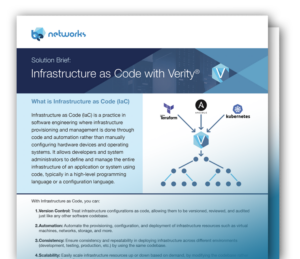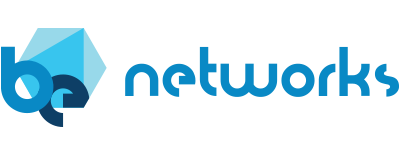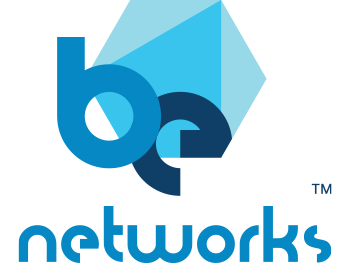Infrastructure as Code
Run your network like an application
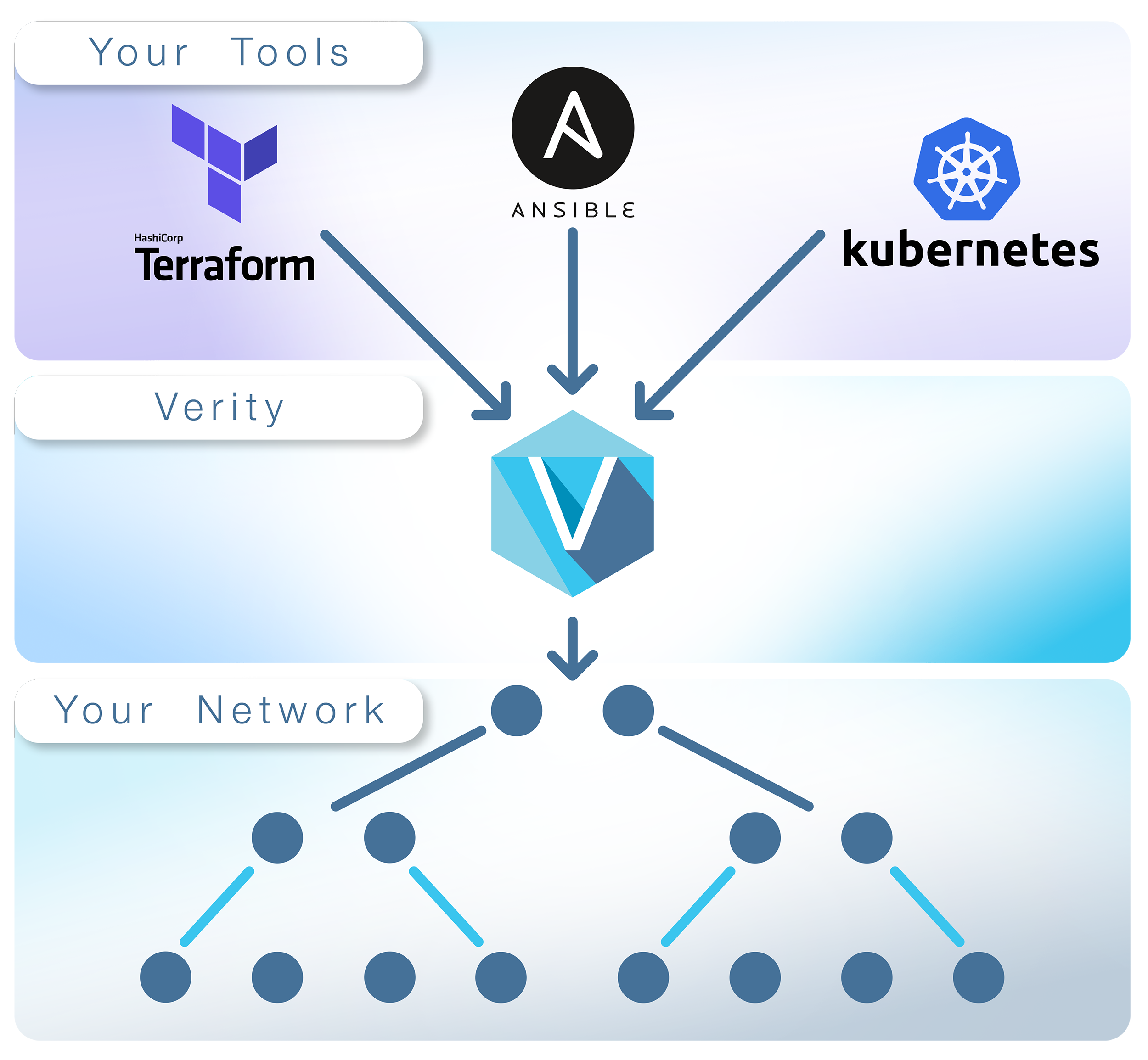
Network Operations with IaC
Modern infrastructure tools (Terraform, Ansible, Kubernetes, Puppet, Chef) enable teams to define and deploy network infrastructure with ease, ensuring reliability and efficiency.
Intended network policy is pushed into git
See what is expected to change
Apply governance rules and review
Provision the network changes
New network state
Use Your Existing DevOps Tools
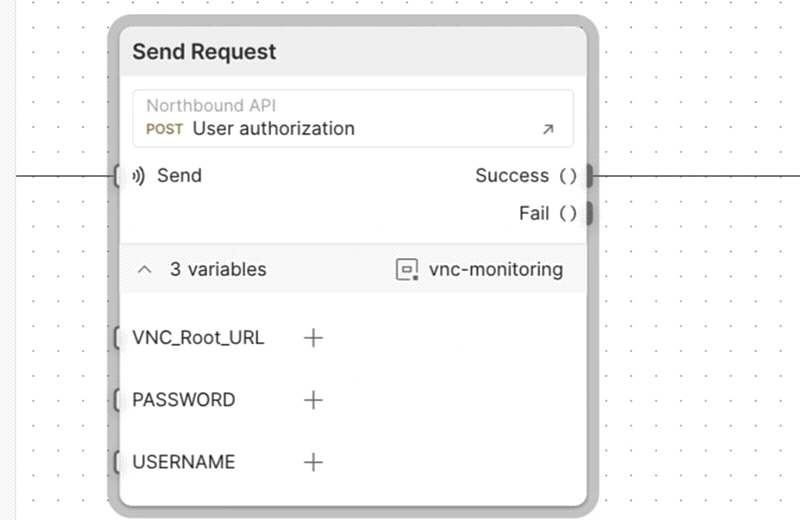
OpenAPI 3.0
Terraform Provisioning Example
Just like the public cloud…
Equivalent to a VPC, a tenant in your private cloud is isolated from other workloads and adheres to your stated security policy.
finance-app.tf
# Define a tenant
resource “verity_tenant” “Operations”{
name = “Operations“
layer_3_vlan = “2001“
layer_3_vni_auto_assigned_ = true
layer_3_vni = 112001
vrf_name = “Vrf_Ops“
enable = true
dhcp_relay_source_ips_subnet
= “Operations“
}
Workloads are isolated…
The tenant contains multiple services (virtual networks and subnets) that connect your physical servers while still isolating workloads.
# Define two services
resource “verity_service” “finance_www” {
tenant = “finance“
tenant_ref_type_ = “tenant“
vlan = 10
enable = true
vni = 10010
mtu = 1500
}
resource “verity_service” “finance_backend” {
tenant = “finance“
tenant_ref_type_ = “tenant“
vlan = 11
enable = true
vni = 10011
mtu = 1501
}
So you can work with high level objects…
Group related services together into a template for more complex network configurations.
# Group the services into an eth-port-profile
resource “verity_eth_port_profile” “finance_app” {
name = “finance_app“
enable = true
services = “finance_www, finance_backend“
}
To declaratively control your infrastructure.
Assign the group of services to a physical switch port and control the port settings.
# Assigns VLANs/VXLANs to ports
resource “port” “ethernet1” {
description = “finance_server_1“
speed = 40G
enable = true
eth_port_profile = “finance_app“
}
Note: Terraform resources above are for example only. For documentation on latest resource declarations, please review the Verity Terraform Provider Documentation.
Satisfy your NetOps and DevOps requirements
Verity is ideal for networks operated via IaC due to its support for atomic-level change control as well as high-level service abstractions. NetOps and DevOps engineers can use their preferred toolset and control Verity in any manner they choose. There are two ends of the control paradigm:

For more information, download the Solution Brief
